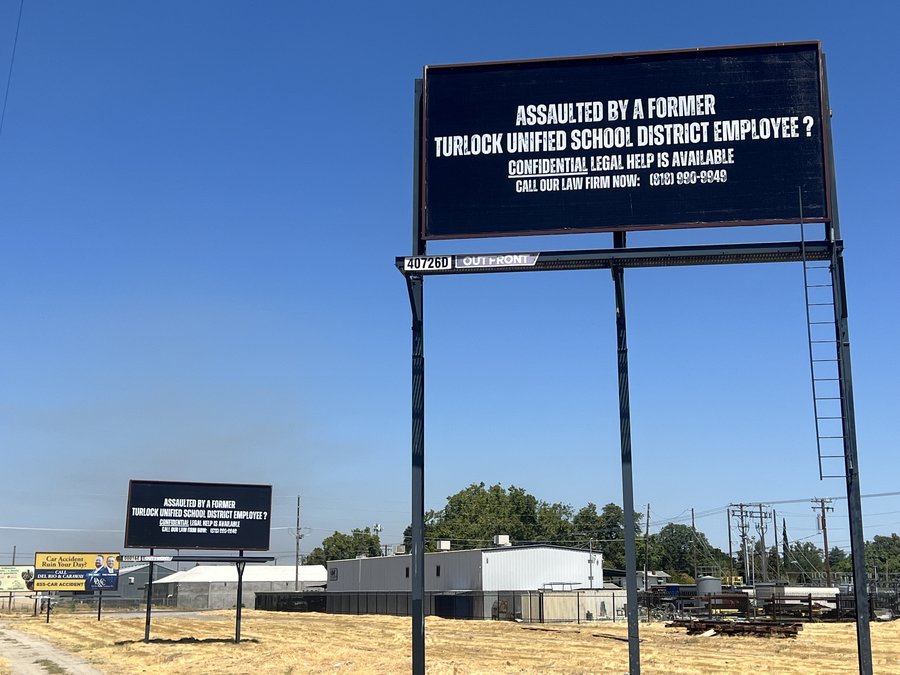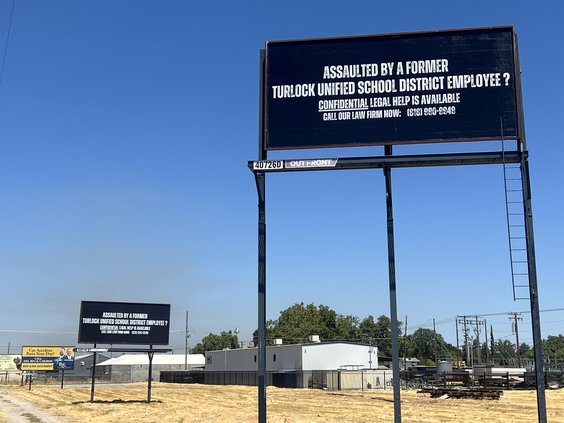In the dark, first minutes of each Jan. 1, the new year is welcomed with the explosions of fireworks in many cities around the country. The noisemaking stems from an ancient belief that scaring away evil spirits is necessary for a happy new year. A relatively recent tradition adopted by many cities is “First Night” community festivities on Dec. 31. Designed to be less rowdy and more family-friendly, the focus is on local culture, such as music, dance, comedy and art. Boston was the first U.S. city to adopt “First Night” celebrations in 1976. Even so, Boston ends the evening with a bang.
The celebration of New Year’s Day goes back to at least Roman times, when the day was dedicated to Janus, the god of transitions and beginnings. January was named for Janus, who is portrayed with two faces — one looking forward and the other backward. Even today, New Year’s Day is a time to look back at the year just completed.
New Year’s Day abounds with rituals and superstitions brought to the United States with immigrants from around the world. For example, in the South, it is considered good luck to eat black-eyed peas on New Year’s Day. The fact that they swell when cooked supposedly portends prosperity. The custom is thought to be an outgrowth of the Jewish immigrant tradition of eating these legumes for the Jewish New Year. Recipes vary by region. In the South, black-eyed peas are almost always flavored with pork, veering from the Jewish dietary law, which forbids any form of pig meat.
Immigrants of various nationalities believed that loud noises — specifically gun fire — would drive away the bad spirits of the past year and insure a new year free of evil. “Shooting away bad spirits” became so popular with early Americans that by the mid-1700s some localities banned it to minimize the noise and the danger. But scaring away bad spirits and heralding in the New Year remain ingrained in New Year’s celebrations, albeit in the safer forms of fireworks, whistles and party noisemakers.
A gentler custom for greeting the New Year is kissing a loved one at the stroke of midnight on New Year’s Eve. Some believe this wards away loneliness for the coming year.
Regardless of how they celebrate, on this New Year's Eve more than 312 million Americans of all ages are ready to greet the year 2012, according to the U.S. Census Bureau. A hundred years ago, the U.S. population was approaching 94 million — 50 years ago, it was nearing 184 million. To show how fast the nation is growing, by this time tomorrow, there will be more than 7,200 new babies on hand to welcome the New Year.









